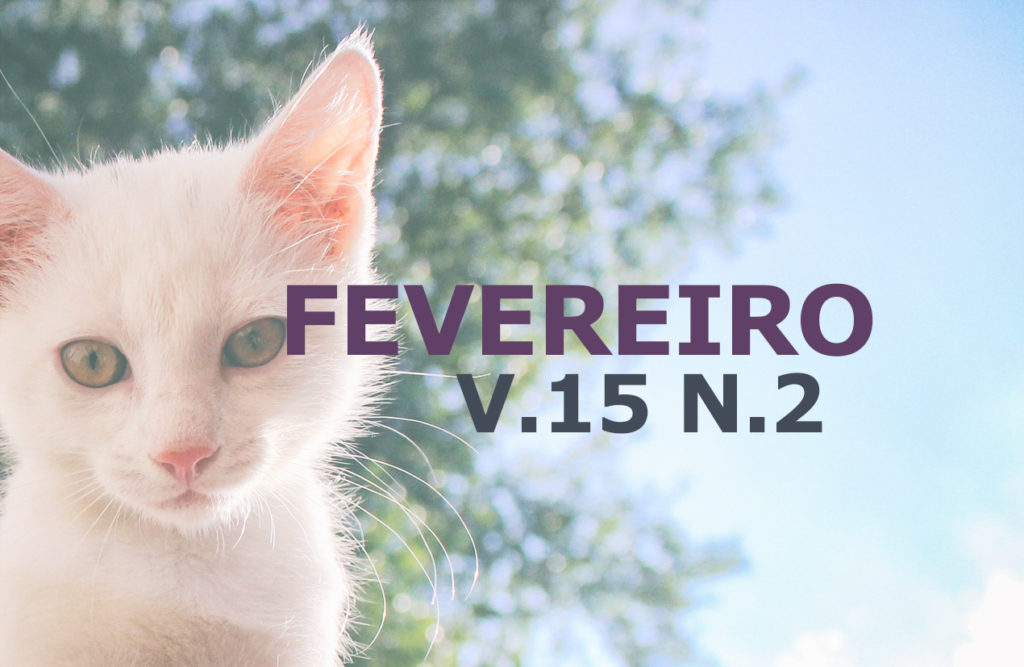Abomaso displacement in cattle: Review
DOI:
https://doi.org/10.31533/pubvet.v15n02a754.1-9Keywords:
Bovine, abomasum displacement, transition periodAbstract
During the transition period in dairy cows, characterized as being the interval of three weeks before and three weeks after calving, the animals are affected by the vast majority of diseases. In short, about 70% of the diseases affect cattle turned to milk production, occur during that time. Abomasal displacement is one of the diseases that can occur during this period and consists of one of the most frequent paratopies in dairy cattle, which culminates in costly economic losses, since there are additional costs with treatments, reduced milk production, loss of weight, increase in the interval between deliveries, disposal of the dairy product and, in some cases, the loss of the affected animal. In the vast majority of cases, the organ moves to the left side, thus characterizing the abomasum shift to the left (DAE), although it can also move to the right (DAD). The diagnosis consists of the synergism between history and clinical examination, and the auscultatory percussion of a metallic “ping” is highly suggestive of the occurrence of the disease. Nevertheless, it is stated as a definitive case of paratopy only through exploratory laparotomy. There are methods of clinical treatment and few invasive, although surgical therapy is the one that has the best results. This review seeks to list the factors responsible for the occurrence of paratopy, the clinical symptoms observed, methods of diagnosis, treatment, and prevention of this abnormality in cattle.
Downloads
Published
Issue
Section
License
Copyright (c) 2021 Luís Augusto Gongoleski Colturato, Carlos Eduardo Thomaz, Camila Bizarro da Silva

This work is licensed under a Creative Commons Attribution 4.0 International License.
Você tem o direito de:
Compartilhar — copiar e redistribuir o material em qualquer suporte ou formato
Adaptar — remixar, transformar, e criar a partir do material para qualquer fim, mesmo que comercial.
O licenciante não pode revogar estes direitos desde que você respeite os termos da licença. De acordo com os termos seguintes:
Atribuição
— Você deve dar o crédito apropriado, prover um link para a licença e indicar se mudanças foram feitas. Você deve fazê-lo em qualquer circunstância razoável, mas de nenhuma maneira que sugira que o licenciante apoia você ou o seu uso. Sem restrições adicionais
— Você não pode aplicar termos jurídicos ou medidas de caráter tecnológico que restrinjam legalmente outros de fazerem algo que a licença permita.





